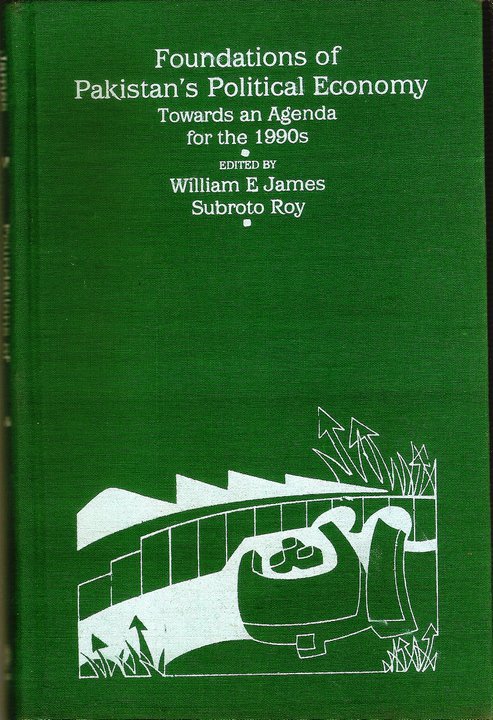The most important of these are in the newspapers and/or at this site too. I will try to have everything reproduced here.
00) https://independentindian.com/2015/03/03/pakistans-indias-illusions-of-power-psychosis-vs-vanity/
0) India-Pakistan Diplomacy During the 1965 War: the MK Roy Files, at this site
1) https://independentindian.com/2011/11/22/pakistans-point-of-view-or-points-of-view-on-kashmir-my-as-yet-undelivered-lahore-lecture-part-i/
2) Law, Justice and Jammu & Kashmir (2006)
https://independentindian.com/2006/07/03/law-justice-and-jk/
http://www.facebook.com/note.php?note_id=152464726125
Monday, October 5, 2009
3) Solving Kashmir: On an Application of Reason (2005)
https://independentindian.com/2005/12/03/solving-kashmir-on-an-application-of-reason/
http://www.facebook.com/note.php?note_id=152462776125
Monday, October 5, 2009
4) My (armchair) experience of the 1999 Kargil war (Or, How the Kargil effort got a little help from a desktop)
http://www.facebook.com/note.php?note_id=388161476125
Thursday, April 29, 2010
5) Understanding Pakistan (2006)
http://www.facebook.com/note.php?note_id=152348161125
Monday, October 5, 2009
6) Pakistan’s Allies (2006)
http://www.facebook.com/note.php?note_id=152345826125
Monday, October 5, 2009
7) History of Jammu & Kashmir
http://www.facebook.com/note.php?note_id=152343836125
Monday, October 5, 2009
8) from 30 years ago, now in pdf
Foundations of India’s Political Economy: Towards an Agenda for the 1990s edited by Subroto Roy & William E James

Foundations of Pakistan’s Political Economy: Towards an Agenda for the 1990s edited by William E James & Subroto Roy
9) Talking to my student and friend Amir Malik about Pakistan and its problems
http://www.facebook.com/note.php?note_id=10150297082781126
Tuesday, September 27, 2011
10) My thanks to Mr Singh for seeing the optimality of my Kashmir solution
http://www.facebook.com/note.php?note_id=10150271489571126
Sunday, September 4, 2011
11) Zafrullah, my father, and the three frigates: there was no massacre of the Hindu Sindhi refugees in Karachi in 1947
http://www.facebook.com/note.php?note_id=10150265008366126
Saturday, August 27, 2011
12) Conversation with Mr Birinder R Singh about my Kashmir solution
http://www.facebook.com/note.php?note_id=10150259831611126
Saturday, August 20, 2011
13) On the Hurriyat’s falsification of history
http://www.facebook.com/note.php?note_id=10150258949946126
Friday, August 19, 2011
14) Letter from a young Pashtun whose grandfathers were in the 1947 invasion of Kashmir (which the Hurriyat says never happened)
http://www.facebook.com/note.php?note_id=10150258851821126
Friday, August 19, 2011
15) More on my solution
http://www.facebook.com/note.php?note_id=10150258100876126
Thursday, August 18, 2011
16 ) A Hurriyat/Taliban Islamist emirate in the Valley subject to an Indian blockade would likely face famine.
http://www.facebook.com/note.php?note_id=10150257700231126
Wednesday, August 17, 2011
17) There is no Kashmiri nationality and there never has been in the modern era of international law
https://www.facebook.com/notes/subroto-roy/there-is-no-kashmiri-nationality-and-there-never-has-been-in-the-modern-era-of-i/10150255815456126
Monday, August 15, 2011













